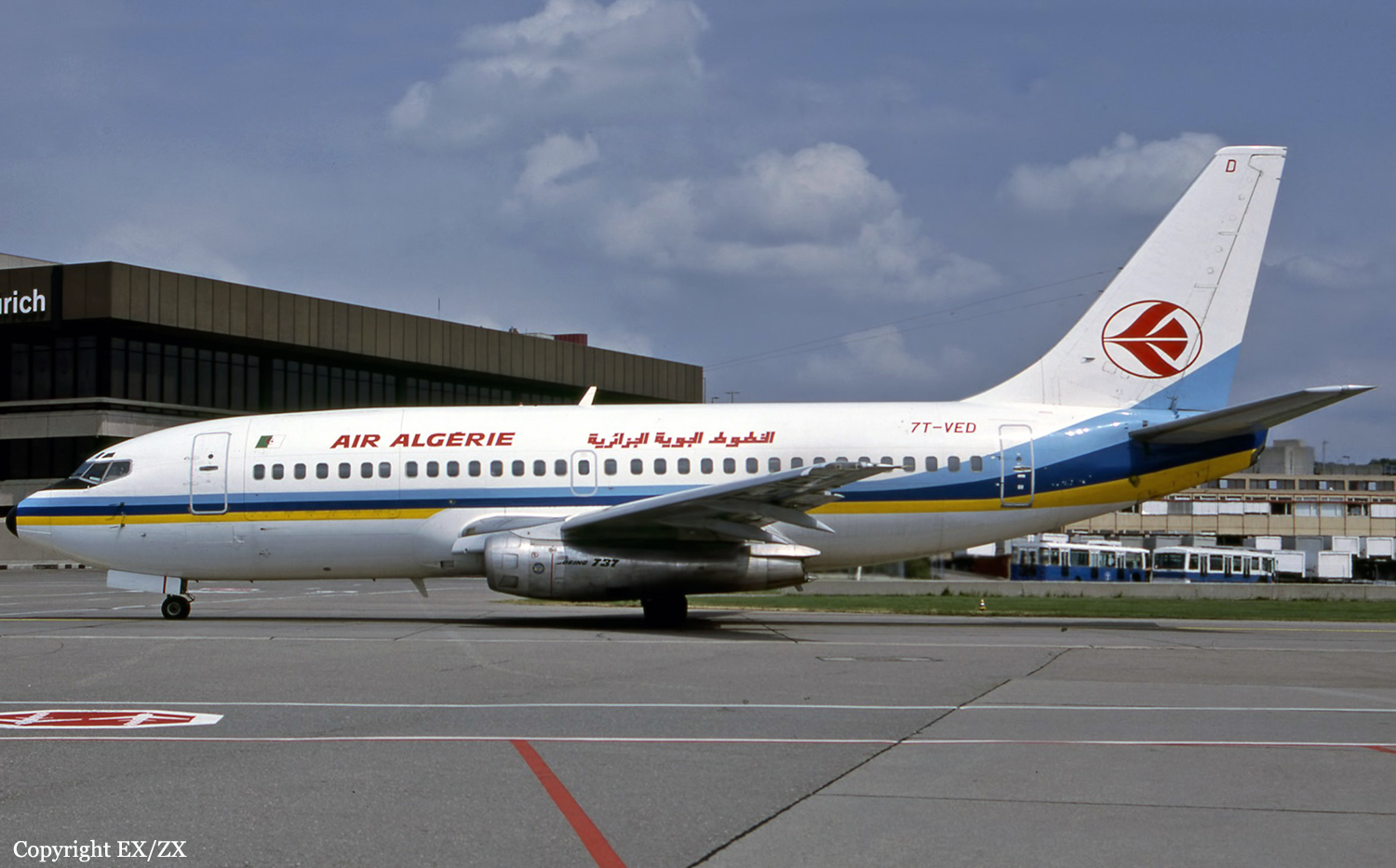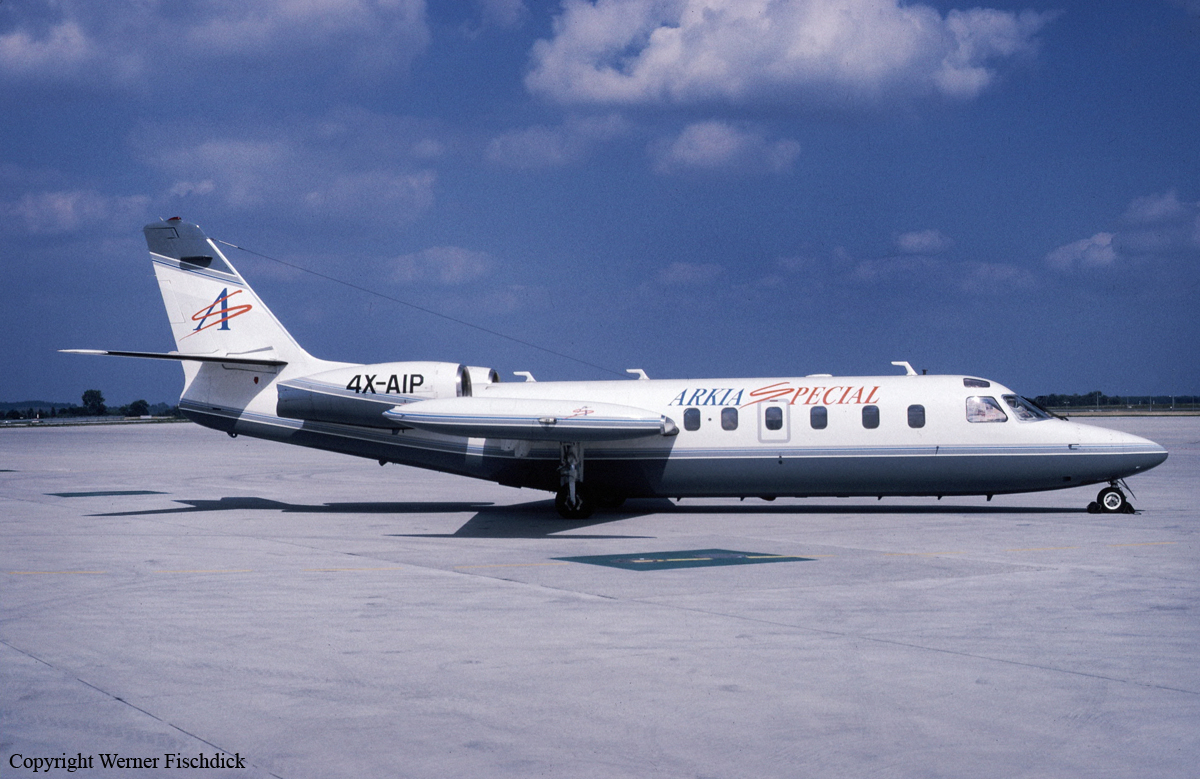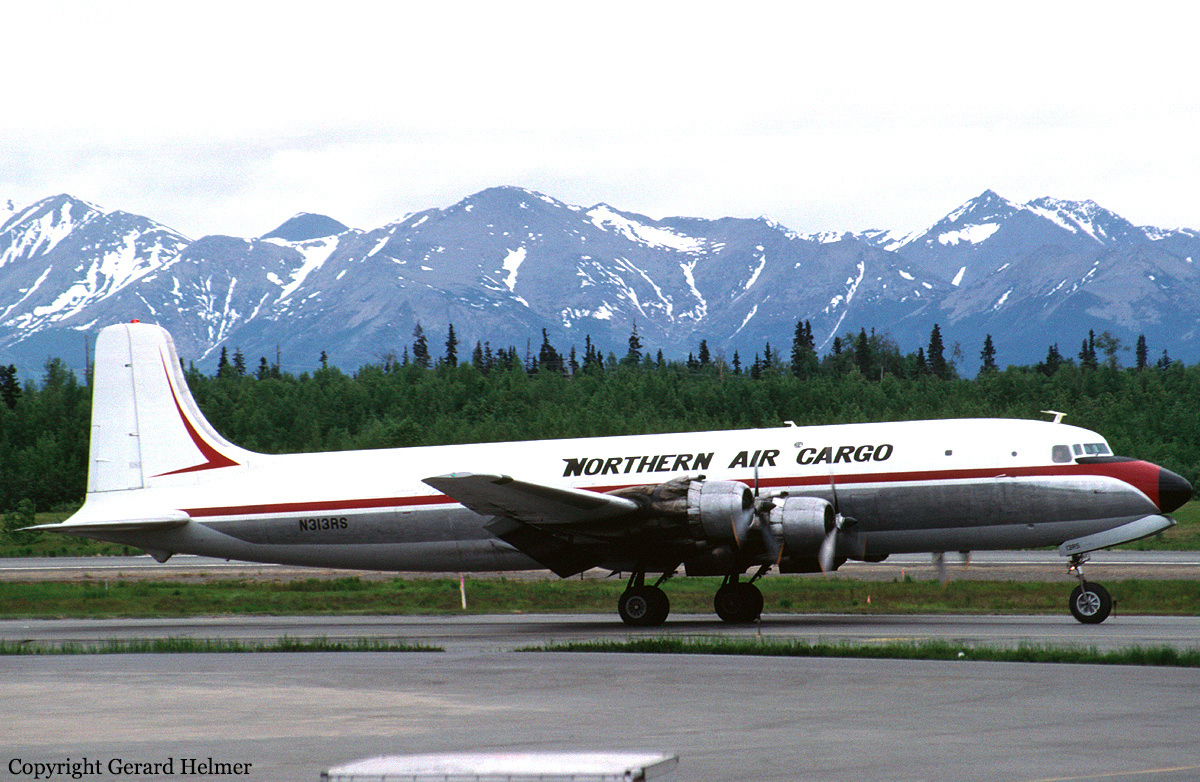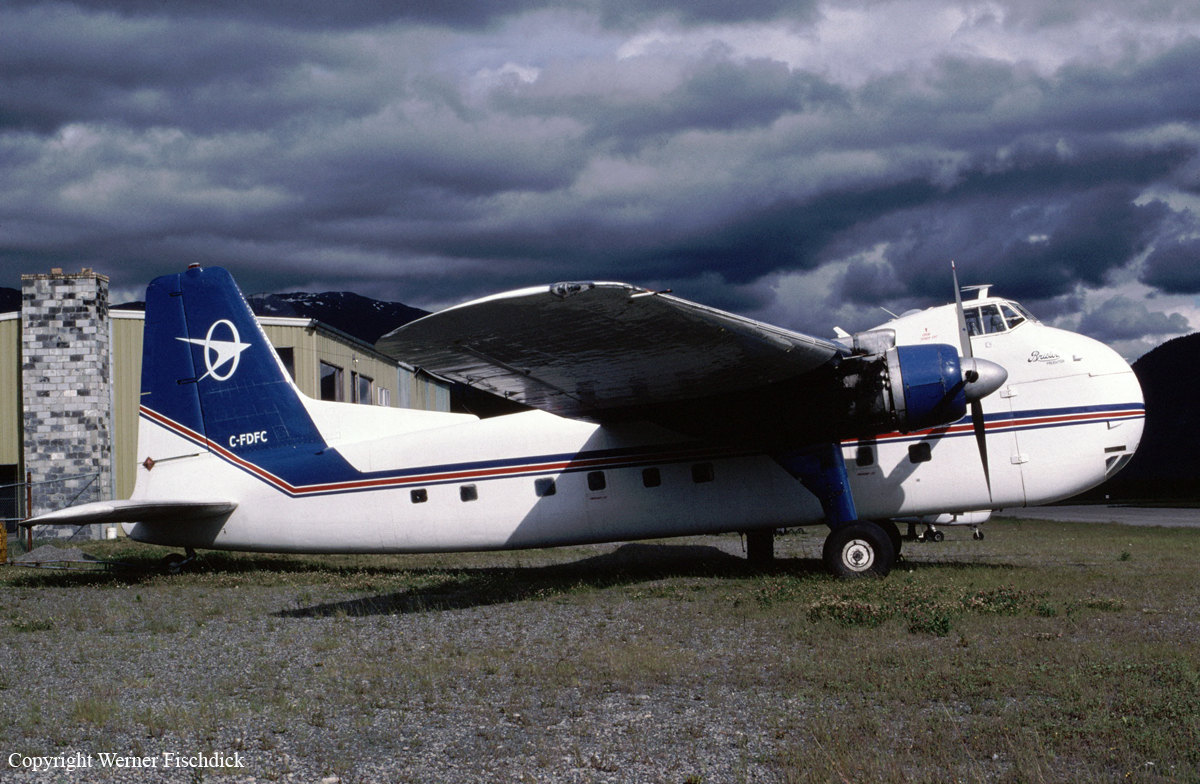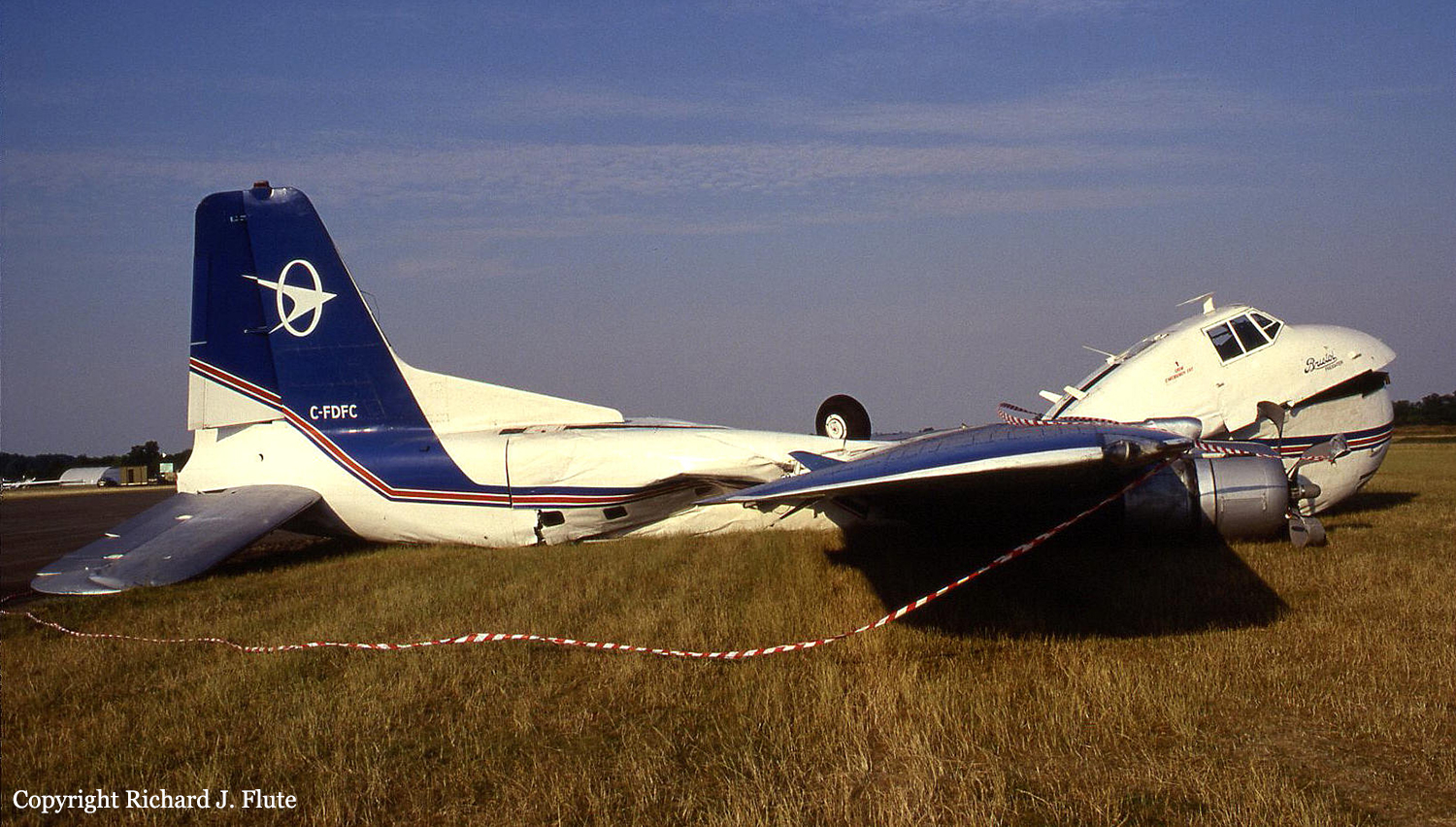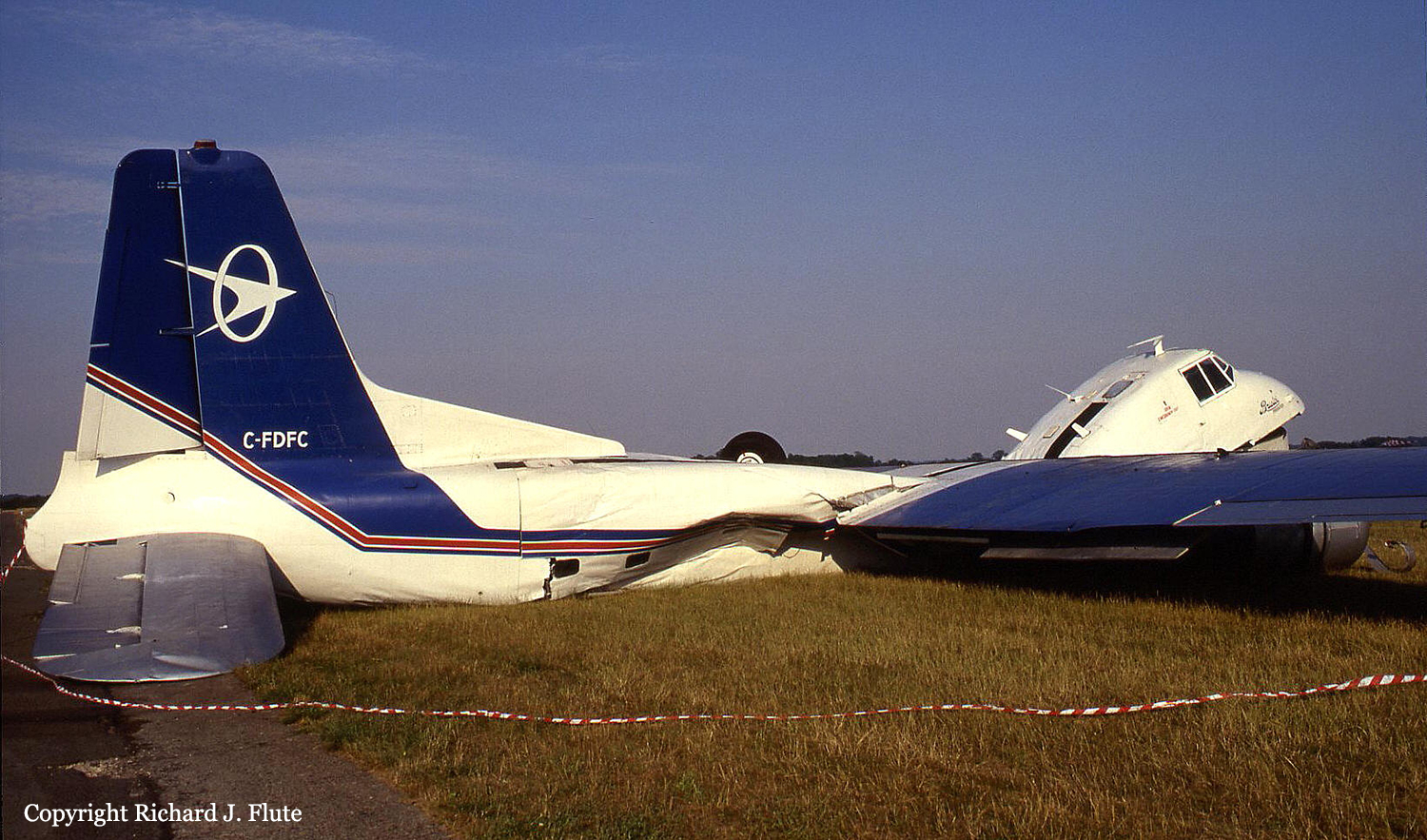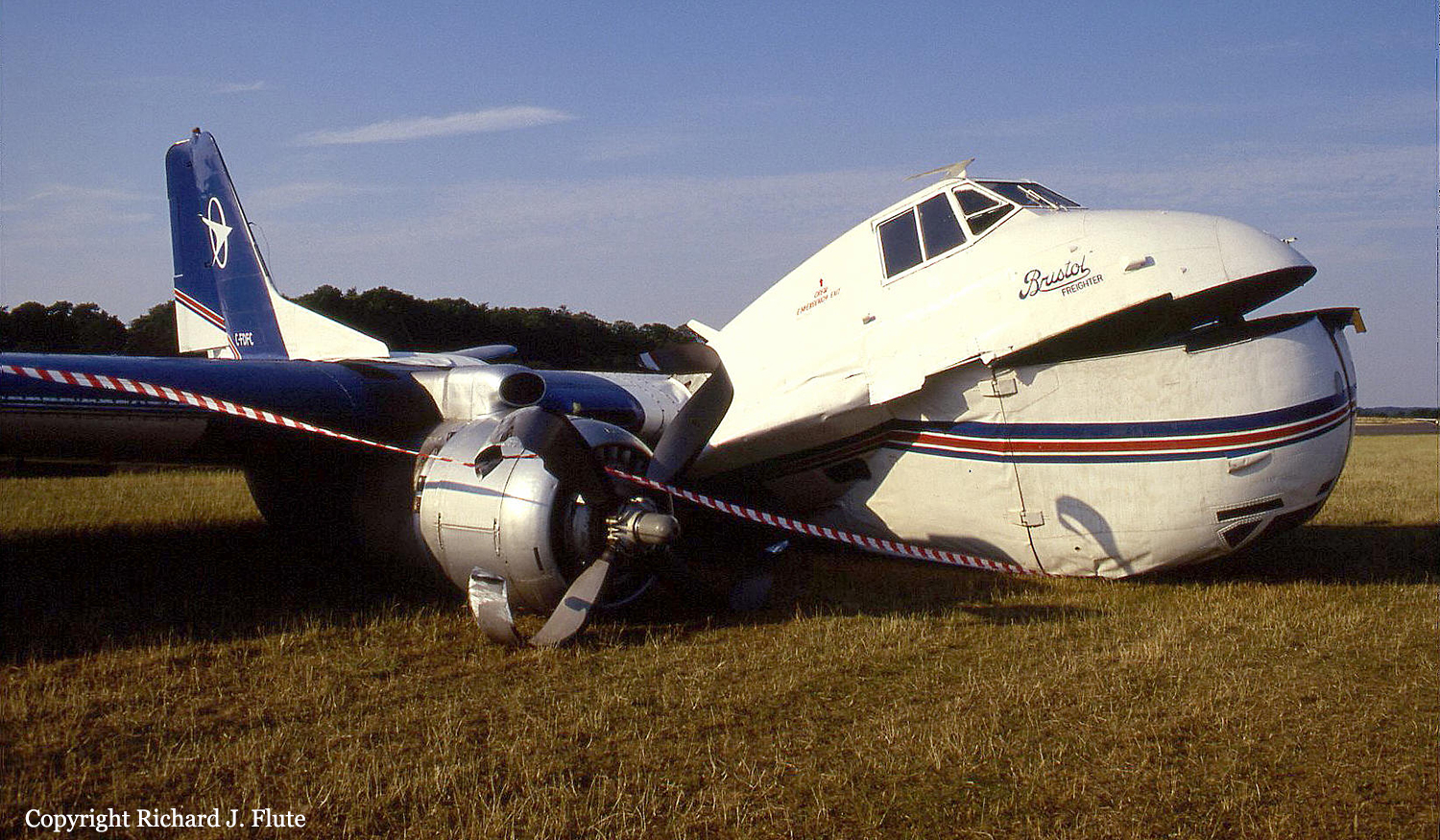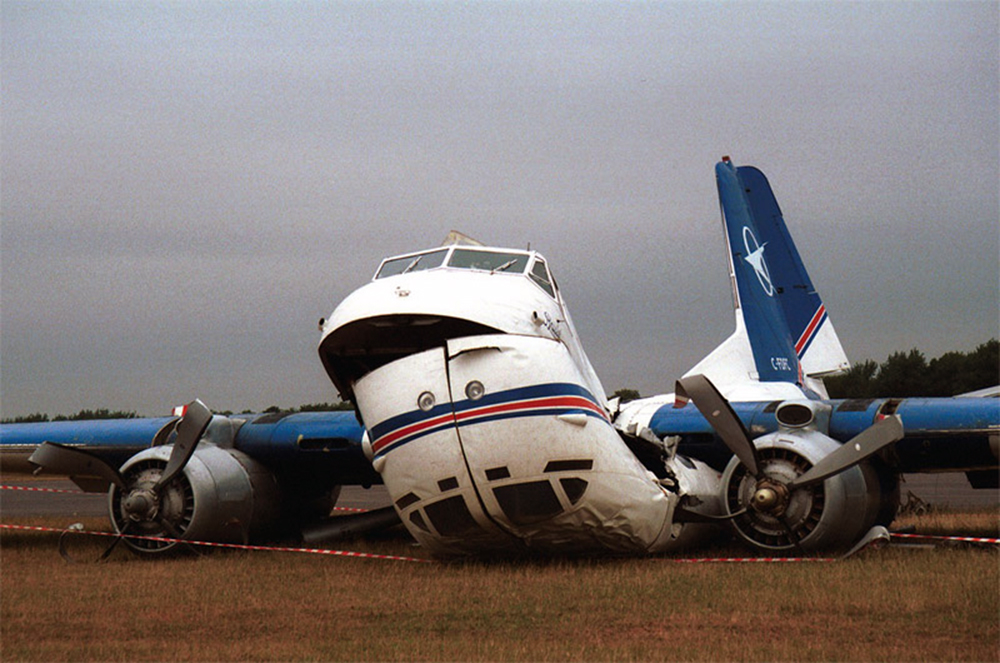Crash of a Boeing 737-2D6C in Tlemcen
Date & Time:
Aug 2, 1996
Registration:
7T-VED
Survivors:
Yes
Schedule:
Tlemcen - Algiers
MSN:
20650
YOM:
1972
Crew on board:
6
Crew fatalities:
Pax on board:
100
Pax fatalities:
Other fatalities:
Total fatalities:
0
Aircraft flight hours:
43293
Circumstances:
During the takeoff roll, the captain noted a difference in the engine N1 readings. He decided to abandon the takeoff procedure and initiated an emergency braking manoeuvre. Unable to stop within the remaining distance, the aircraft overran, lost its nose gear and came to rest 40 metres further. All 106 occupants escaped uninjured and the aircraft was damaged beyond repair.
